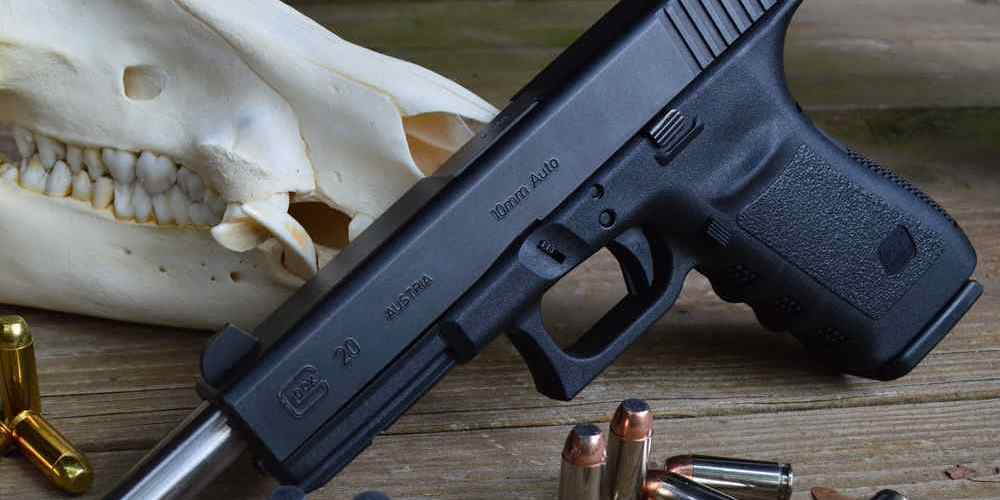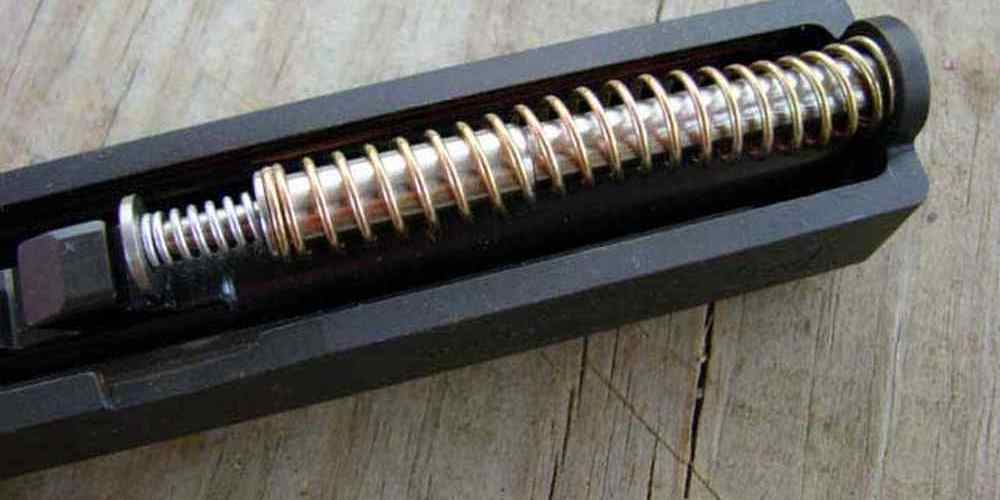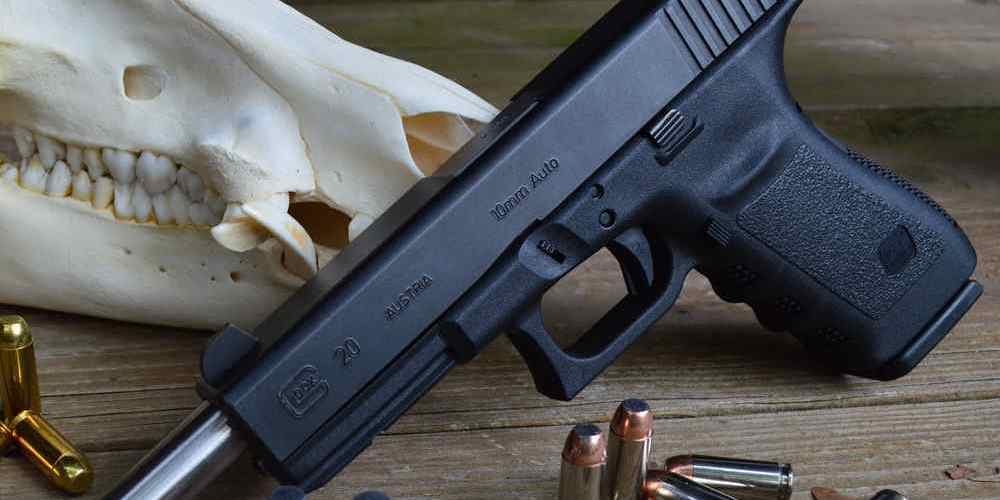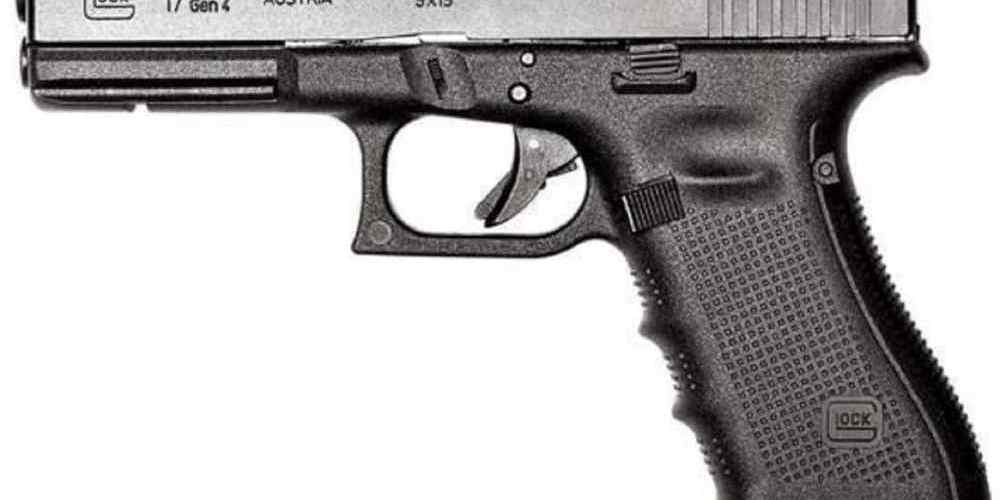The Role of Crimping in Handgun Ammunition Performance
When it comes to handgun ammunition performance, crimping plays a crucial role in ensuring reliability, accuracy, and consistency. In this article, we will delve into the significance of crimping in handgun ammunition and how it affects the overall performance of the ammunition.
What is Crimping?
Crimping is a process that involves securing the bullet firmly in place within the cartridge case. This is typically done by folding or compressing the mouth of the case around the bullet. The purpose of crimping is to prevent the bullet from moving within the cartridge during handling, feeding, and firing.
Types of Crimps
There are several types of crimps commonly used in handgun ammunition:
- Roll Crimp: In a roll crimp, the mouth of the case is rolled inward to secure the bullet.
- Taper Crimp: A taper crimp tapers the mouth of the case slightly to grip the bullet.
- Factory Crimp: Factory crimp is a type of crimp applied by manufacturers using specialized equipment.
Importance of Crimping in Handgun Ammunition Performance
Crimping plays a vital role in handgun ammunition performance for several reasons:
- Preventing Bullet Setback: Proper crimping prevents bullet setback, which can occur when the bullet is pushed deeper into the case under recoil. Bullet setback can increase pressure levels and affect accuracy.
- Ensuring Consistent OAL: Crimping helps maintain a consistent Overall Length (OAL) for each round, which is essential for reliable feeding and accuracy.
- Enhancing Feeding Reliability: A properly crimped cartridge ensures smooth feeding into the chamber without any hiccups or jams.
Effects of Improper Crimping
Improper crimping can have detrimental effects on handgun ammunition performance:
- Poor Accuracy: Inconsistent crimps can lead to variations in bullet seating depth, affecting accuracy downrange.
- Increased Pressure: Insufficient crimping can result in bullet setback and increased pressure levels, potentially causing malfunctions or damage to the firearm.
- Feed Issues: Inadequate crimping may cause feeding issues, leading to failures to feed or extract rounds properly.
Case Study: The Impact of Crimping on Accuracy
A study conducted by a renowned ammunition manufacturer examined the impact of crimping on accuracy. The results showed that cartridges with consistent and properly applied crimps exhibited tighter groupings and improved precision compared to cartridges with inconsistent or inadequate crimps.
Conclusion
In conclusion, crimping plays a vital role in handgun ammunition performance by ensuring reliability, accuracy, and consistency. Properly applied crimps prevent bullet setback, maintain consistent OAL, enhance feeding reliability, and ultimately contribute to improved shooting performance. Understanding the importance of crimping and using appropriate techniques can significantly impact the overall effectiveness of handgun ammunition.







